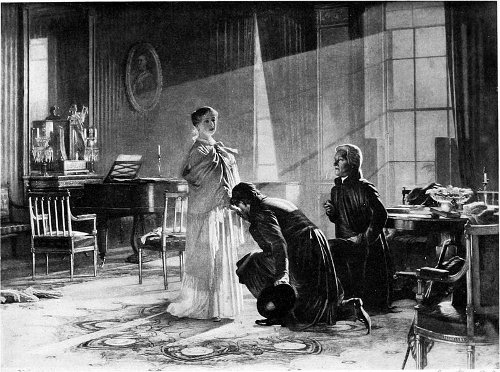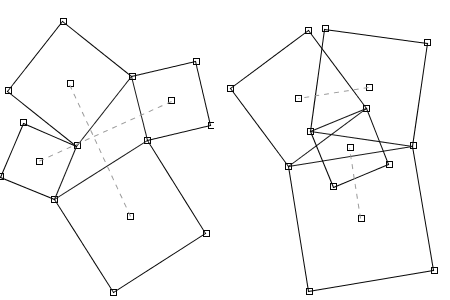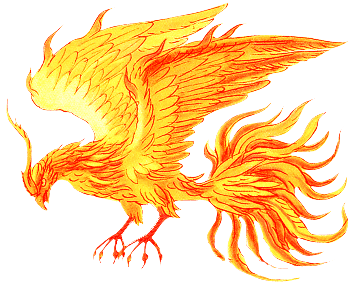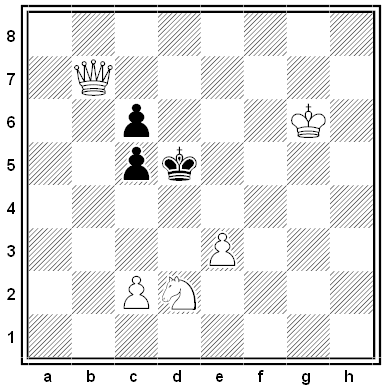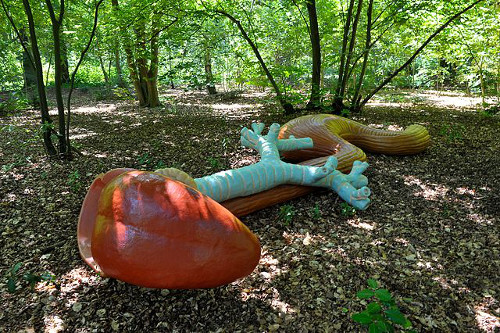
Back in 2008 I mentioned that, as a joke, Mark Twain had slipped the word oesophagus into an otherwise innocent short story in 1902. I wrote at the time that he’d said that few people noticed anything amiss, but apparently a few did. In a letter to the Springfield Republican on April 12, Twain wrote, “I will say privately that I expected it to bother some people — in fact, that was the intention, — but the harvest has been larger than I was calculating upon. … It is time for me to speak up and stop the inquiries if I can, for letter-writing is not restful to me, and I am not having so much fun out of this thing as I counted on.”
He quotes two letters. The first is from a public instructor in the Philippines:
My Dear Sir: I have just been reading the first part of your latest story entitled ‘A Double-barrelled Detective Story,’ and am very much delighted with it. In part IV, page 264, Harpers’ magazine for January, occurs this passage: ‘far in the empty sky a solitary “oesophagus” slept, upon motionless wing; everywhere brooded stillness, serenity and the peace of God.’ Now, there is one word I do not understand, namely, ‘oesophagus.’ My only work of reference is the ‘Standard Dictionary,’ but that fails to explain the meaning. If you can spare the time, I would be glad to have the meaning cleared up, as I consider the passage a very touching and beautiful one. It may seem foolish to you, but consider my lack of means away out in the northern part of Luzon.
The second is from a professor at a New England university:
Dear Mr. Clemens: ‘Far in the empty sky a solitary oesophagus slept upon motionless wing.’ It is not often I get a chance to read much periodical literature, but I have just gone through at this belated period, with much gratification and edification, your ‘Double-Barrelled Detective Story.’ But what in hell is an oesophagus? I keep one myself, but it never sleeps in the air or anywhere else. My profession is to deal with words, and oesophagus interested me the moment I lighted upon it. But as a companion of my youth used to say, ‘I’ll be eternally, co-eternally cussed’ if I can make it out. Is it a joke, or am I an ignoramus?
“Between you and me, I was almost ashamed of having fooled that man,” Twain wrote, “but for pride’s sake I was not going to say so. I wrote and told him it was a joke. … And I told him to carefully read the whole paragraph, and he would find not a vestige of sense in any detail of it.
“I have confessed. I am sorry — partially. I will not do so any more — for the present. Don’t ask me any more questions; let the oesophagus have a rest — on his same old motionless wing.”
(From Gary Scharnhorst, Mark Twain on Potholes and Politics, 2014.)

